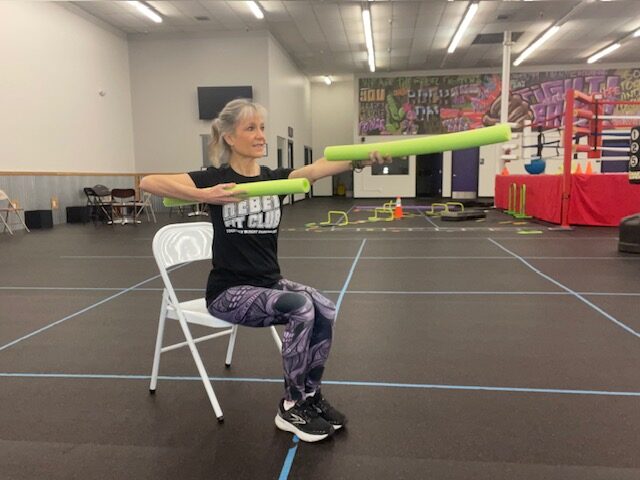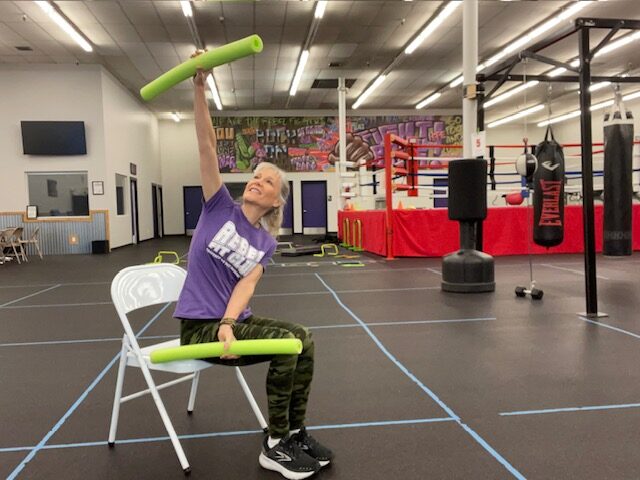
With Parkinson’s disease, the upper back gets really rigid and stiff. This rigidity, compounded by forward rounding, prevents it from rotating correctly. As a result, the lower back (designed to stabilize, not rotate) must take over, leading to lower back pain. Using pool noodles, this seated exercise can help treat upper back rotation.
Continue reading “How to Use Your Noodle to Improve Parkinson’s Upper Back Rotation”
